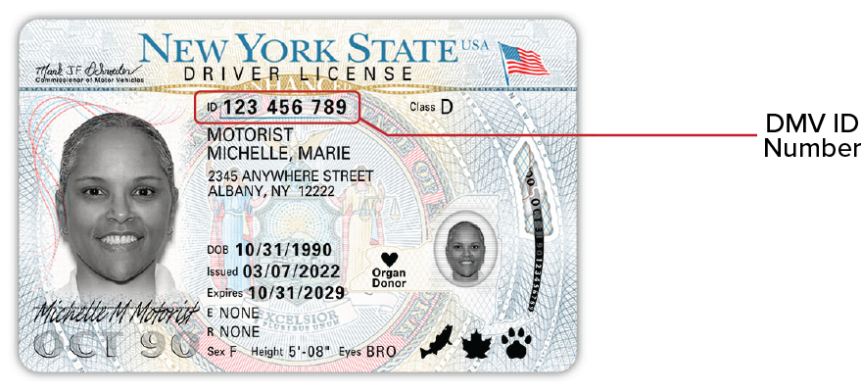The proliferation of fake New York driver's licenses poses significant risks and consequences for individuals and society as a whole. From facilitating underage drinking to enabling identity theft and fraud, fake IDs can have far-reaching implications. In this comprehensive guide, we'll delve into the various aspects of fake New York driver's licenses, including how they're produced, the potential risks associated with their use, and steps to prevent their proliferation.
1. Understanding Fake New York Driver's Licenses
Fake New York driver's licenses are counterfeit identification cards designed to mimic the appearance of genuine licenses issued by the New York State Department of Motor Vehicles (DMV). These fraudulent IDs are typically created using sophisticated printing techniques and software that replicate the security features found on authentic licenses, such as holographic overlays, UV printing, and barcodes.
2. Risks and Consequences
The use of fake New York driver's licenses carries numerous risks and consequences, both for individuals and society as a whole:
- Legal ramifications: Possessing or using a fake ID is a criminal offense punishable by fines, probation, community service, and even imprisonment. Additionally, individuals caught using fake IDs may face charges related to identity theft or fraud.
- Underage drinking: One of the most common reasons for obtaining a fake ID is to purchase alcohol underage. However, doing so not only violates the law but also increases the likelihood of alcohol-related accidents and injuries.
- Identity theft: Fake IDs can be used to impersonate others, allowing perpetrators to access sensitive information, open fraudulent accounts, or commit identity theft-related crimes.
- Compromised security: The proliferation of fake IDs undermines the integrity of security measures designed to protect against identity fraud and verify individuals' identities in various settings, including airports, government agencies, and financial institutions.
3. Production and Distribution
The production and distribution of fake New York driver's licenses often involve organized crime syndicates or illicit online vendors. These entities use advanced printing equipment, high-quality materials, and sophisticated design software to create counterfeit IDs that closely resemble authentic licenses. Fake IDs may be sold online through underground forums, social media platforms, or dark web marketplaces, making them accessible to individuals seeking to evade age restrictions or engage in illicit activities.
4. Prevention Measures
Preventing the proliferation of fake New York driver's licenses requires a multi-faceted approach involving government agencies, law enforcement, businesses, and educational institutions:
- Enhanced security features: Continuously improve the security features embedded in genuine New York driver's licenses to make them more difficult to replicate.
- Public awareness campaigns: Educate the public, particularly young adults, about the risks and consequences associated with using fake IDs through targeted awareness campaigns and educational programs.
- Law enforcement crackdown: Increase enforcement efforts targeting the production, distribution, and use of fake IDs, including undercover operations, sting operations, and cooperation with online platforms to remove illicit listings.
- Responsible alcohol sales: Implement strict age verification protocols at establishments that sell alcohol to prevent underage individuals from using fake IDs to purchase alcohol.
fake new york drivers license pose significant risks and consequences, including legal repercussions, underage drinking, identity theft, and compromised security. Preventing the proliferation of fake IDs requires collaborative efforts from government agencies, law enforcement, businesses, and educational institutions to enhance security measures, raise public awareness, and enforce existing laws and regulations. By addressing the root causes of fake ID production and distribution, we can mitigate the negative impacts associated with their use and safeguard individuals and communities against potential harm.
